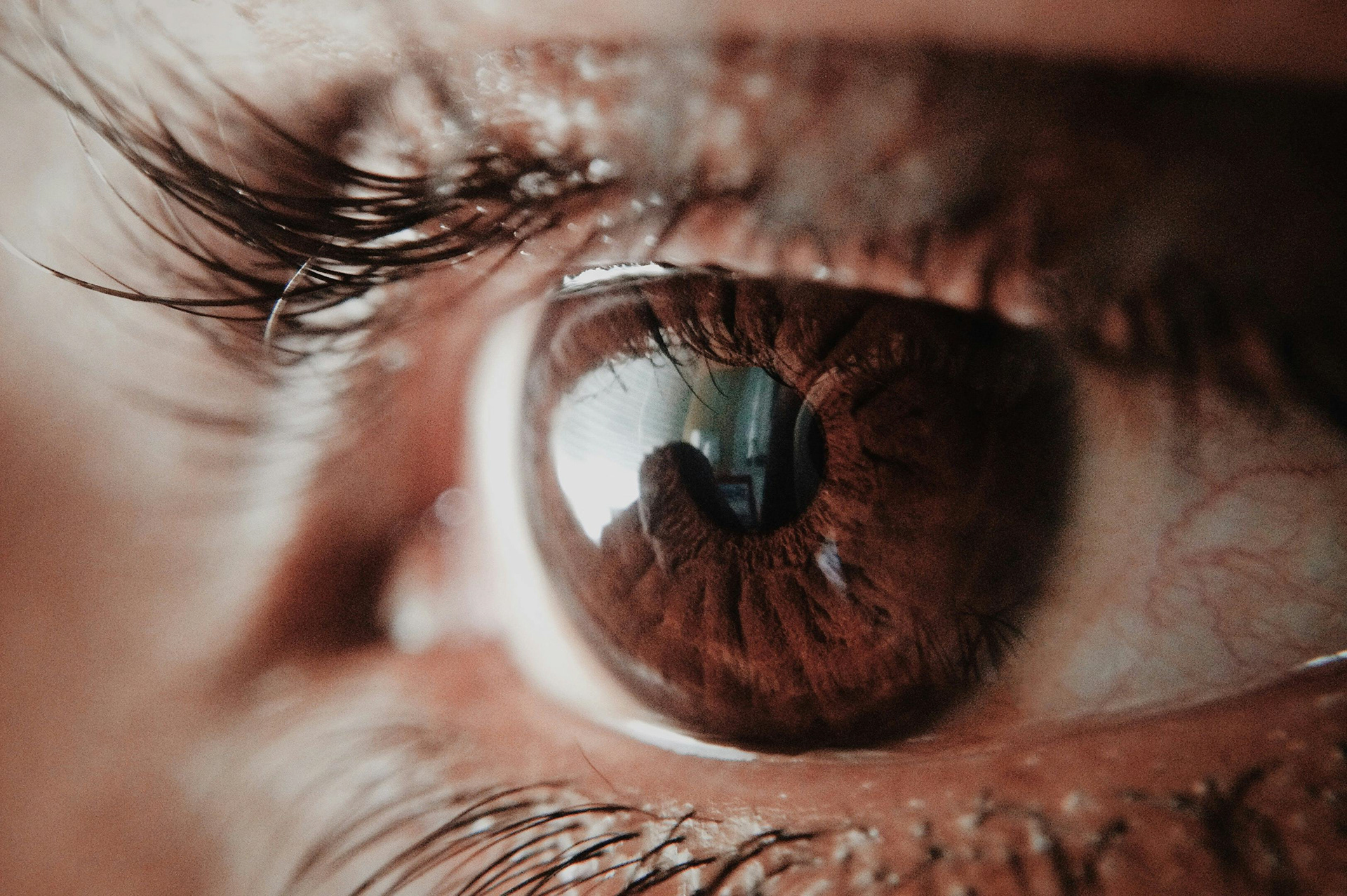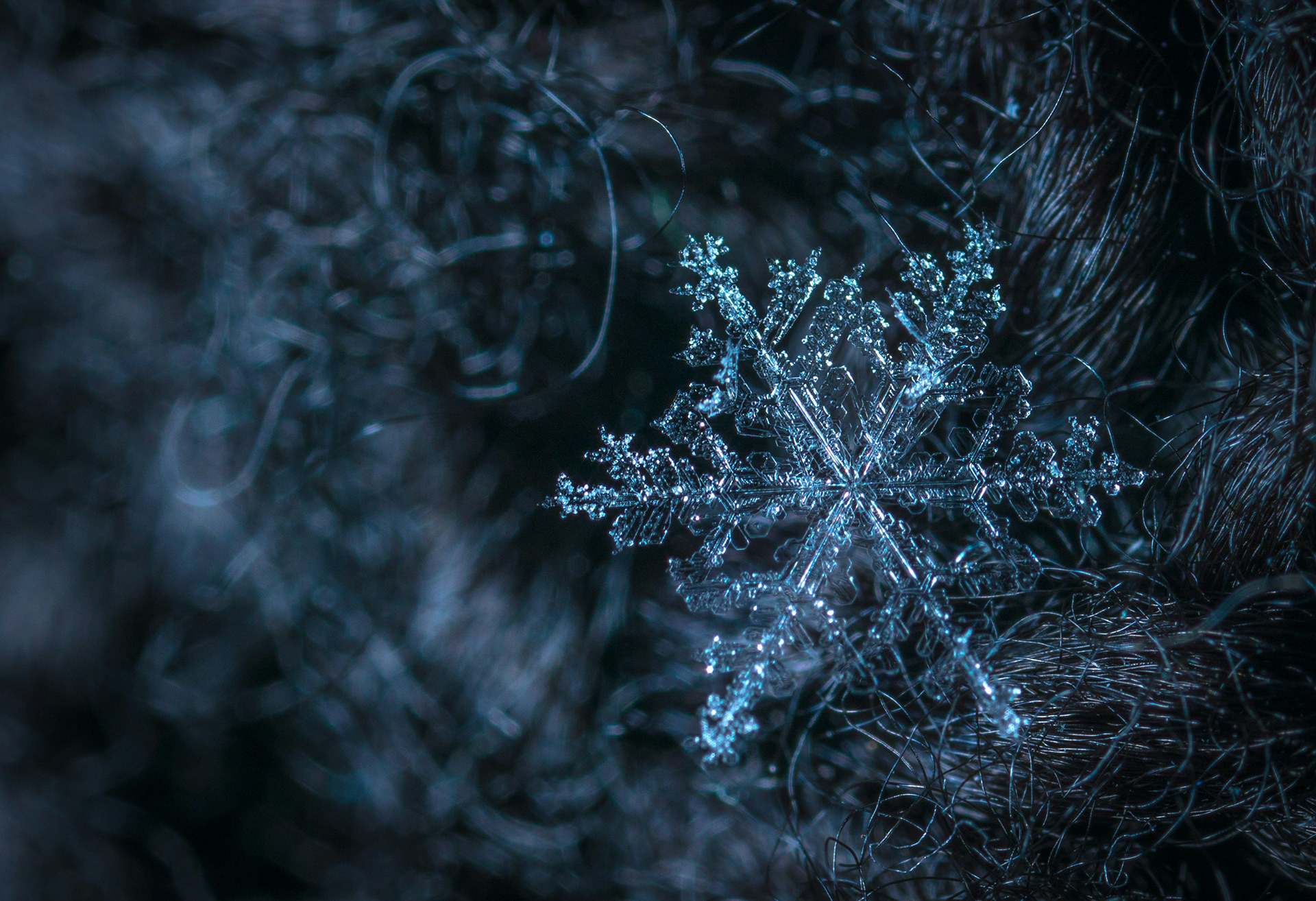Anthony :)
Mastering the Basics of Macro Photography
Macro photography is the art of capturing extreme close-up images, revealing intricate details that are often invisible to the naked eye. Whether you're fascinated by the texture of a flower petal, the compound eye of an insect, or the fine lines of a feather, macro photography opens up a world of small wonders. Here’s a beginner’s guide to help you get started.
Essential Equipment
Macro Lens: The most crucial piece of equipment is a dedicated macro lens, which allows you to focus very close to your subject. Look for a lens with a 1:1 magnification ratio, meaning the subject appears life-size on your camera sensor.
Extension Tubes: These are an affordable alternative to macro lenses. They fit between your camera body and the lens, reducing the minimum focus distance and increasing magnification.
Tripod: Stability is key in macro photography. A tripod helps keep your camera steady, especially in low light conditions or when using slow shutter speeds.
Lighting: Natural light is excellent, but sometimes additional lighting is necessary. Ring flashes or LED light panels can provide even illumination without harsh shadows.

Subin
Techniques and Tips
Focus and Depth of Field: Achieving sharp focus is critical in macro photography. Use manual focus to have greater control, and focus on the most important part of your subject, often the eyes in the case of insects. Due to the extremely shallow depth of field, consider using a smaller aperture (higher f-stop number) to increase the area in focus.
Steady Hands: If you're shooting handheld, ensure your hands are steady. Use your camera's image stabilization feature if it has one, or brace your elbows against your body for additional support.
Composition: Pay attention to composition. Get creative with angles and perspectives to find the most intriguing viewpoint. Fill the frame with your subject, but also leave some space to give context and balance to your image.
Backgrounds: A cluttered background can distract from your subject. Use a wide aperture (low f-stop number) to blur the background, or position your subject against a clean, contrasting backdrop.
Lighting Considerations: Macro subjects often require more light due to the close focusing distance. Use reflectors to bounce light onto your subject or diffuse natural light with a white cloth to soften harsh shadows.
Practice Patience: Macro photography often involves dealing with small, moving subjects or waiting for the perfect moment. Patience is essential. Spend time observing your subject's behavior to anticipate the best time to capture your shot.
Post-Processing
Sharpening: Even with precise focus, macro images can benefit from a bit of sharpening in post-processing to bring out fine details.
Noise Reduction: Shooting with high ISO settings in low light can introduce noise. Use noise reduction tools in your editing software to clean up your images.
Color and Contrast: Adjusting the color balance and contrast can make your macro photos pop. Be mindful not to overdo it, as subtlety often yields the best results.

Egor Kamelev
Final Thoughts
Macro photography is a rewarding genre that allows you to explore the minute details of the world around you. With the right equipment, techniques, and a bit of patience, you can capture stunning images that reveal the hidden beauty in everyday objects and nature. So grab your camera, venture out, and start exploring the tiny wonders that await your lens.
